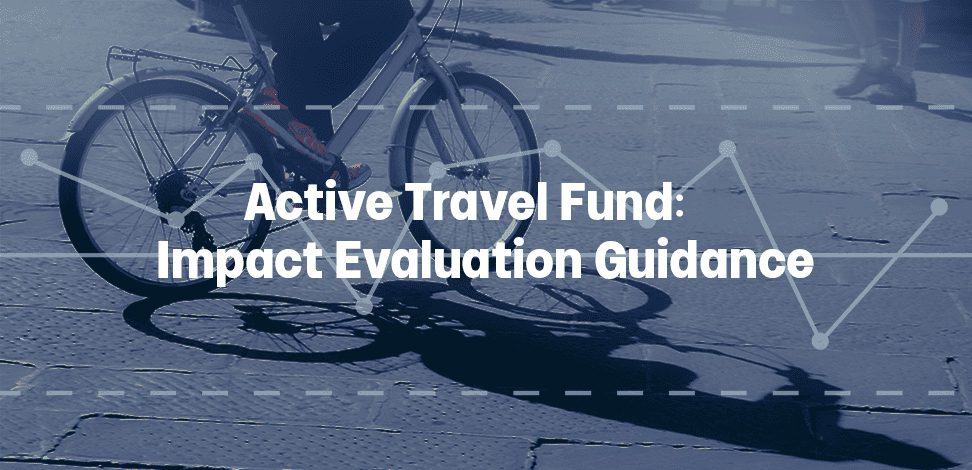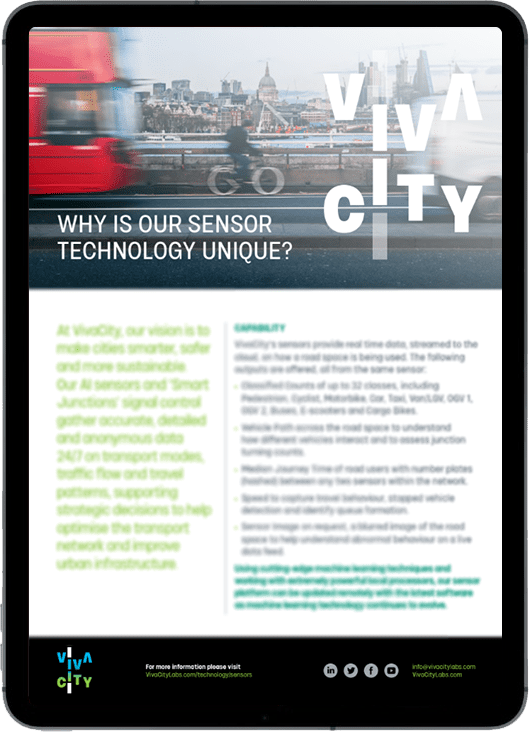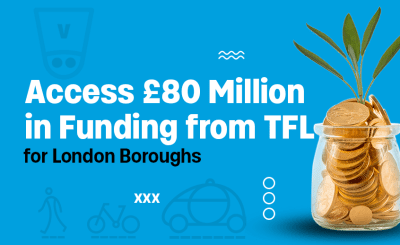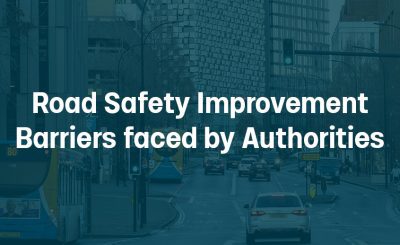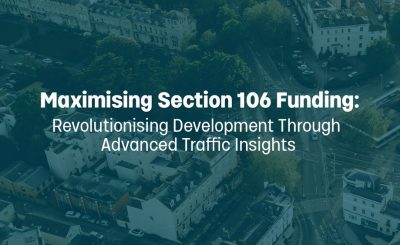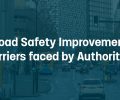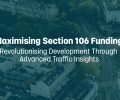This blog summarises the key requirements for active travel impact evaluation. It is based on the Department for Transport’s guidance note for local authorities to support the completion of the active travel fund proforma. It also showcases active travel datasets that VivaCity sensors can provide.
The Department for Transport states that the best approach to impact evaluation is to use a counterfactual. This method makes it possible to identify what recorded improvements can be directly attributed to the impact of an intervention by comparing data from (1) an intervention site and (2) a comparison ‘control’ site that is similar to the intervention site in character but where no intervention has been made.
For assessing active travel infrastructure this approach involves:
- Gathering data at a control site and data at an intervention site
- Baseline data collection before the scheme is built at both locations, followed by another round of count data at both sites after the intervention has been implemented
As well as gathering data from active travel routes, for a more comprehensive impact analysis, aggregated data that illustrates how active travel has impacted the network more widely will be important. This is especially relevant in the context of traffic displacement and changes in local traffic. Data from other sources, such as weather or large scale events should also be used as part of the evaluation.
Resource intensive and often with higher costs involved, it’s not always possible to use a counterfactual approach. Other analysis methods can be used effectively, most commonly pre- and post-intervention data analysis.
Whatever your approach, accurate, long-term monitoring data is key.
Using VivaCity data for robust active travel impact evaluation
Below are a variety of VivaCity data output examples that can be used to fulfil Active Travel England Funding impact evaluation requirements.
1. Average daily counts by week before and after following modal filter, London Borough of Hounslow
2. Average hourly counts of cars before and after the implementation of motorised traffic restrictions, London Borough of Hounslow
3. Active travel modal distributions, Bristol City Council
4. Daily cyclist counts and average temperatures, Bristol City Council
5. Pedestrian use of pavement and carriageway following school street implementation, University of Westminster

6. Correlations between vehicle speed and pedestrian counts, Kent County Council
7. Analyse near miss events to understand and quantify cyclist safety
With VivaCity’s pioneering Near Miss data, local authorities can be proactive in their road safety schemes, prove intervention results, and justify expenditures.
How Near Miss can enhance road safety for active travel:
- Identify hazards before incidents occur
- Make data-based decisions and justify expenditure
- Provide conflict study data for active travel safety insights
- Perform post-intervention analysis for impact evaluation
Like our content? Sign up to our newsletter and receive the latest updates in your inbox.
Sign-Up
